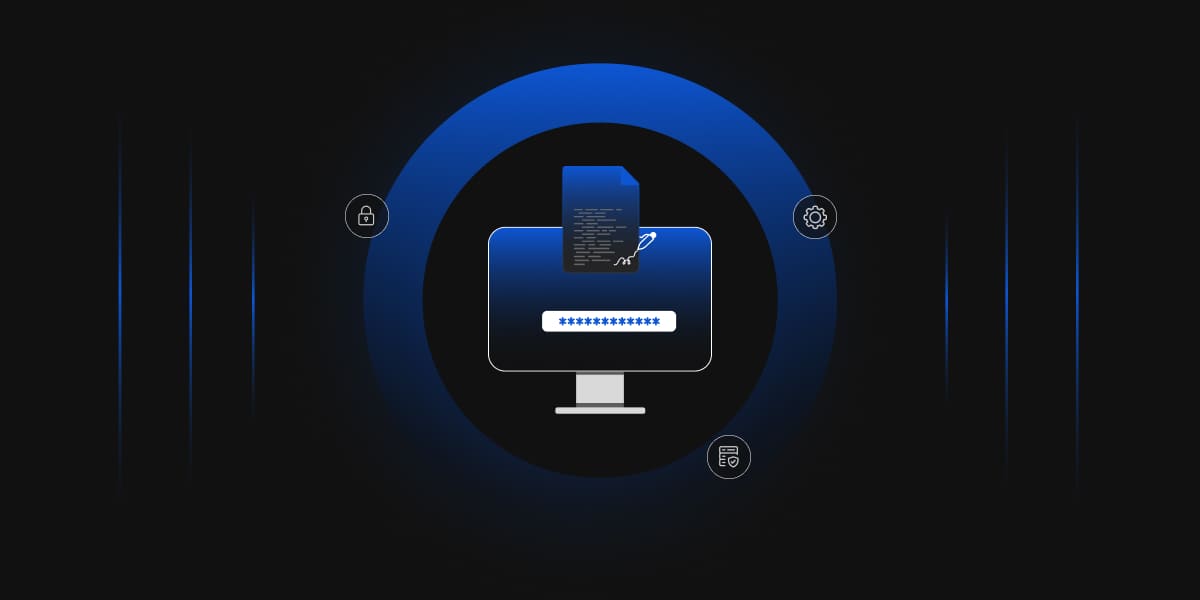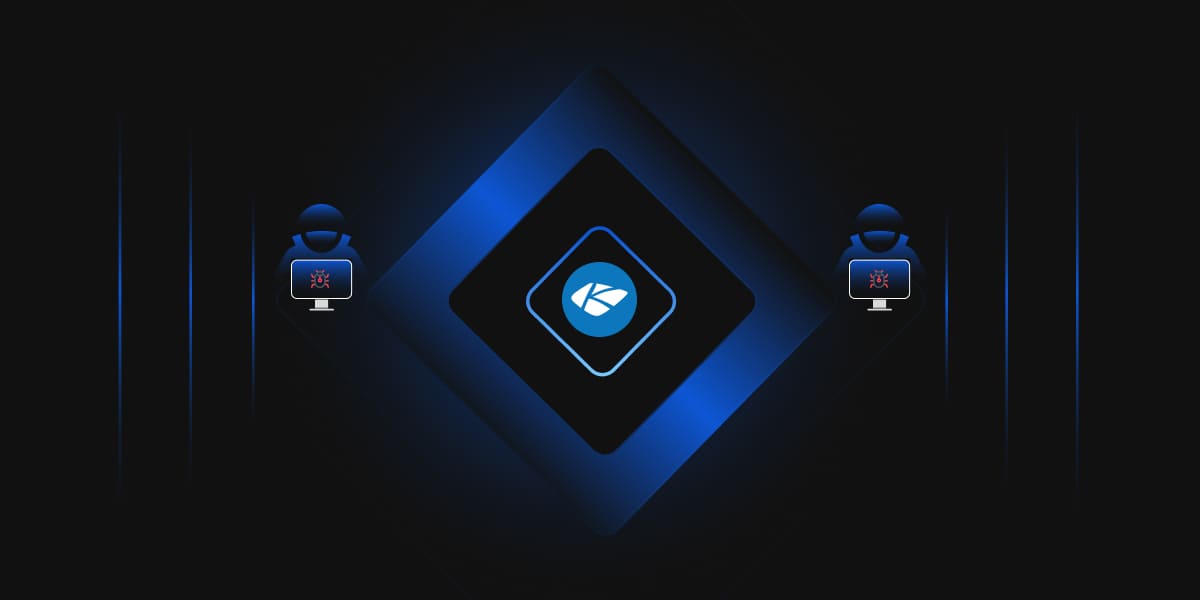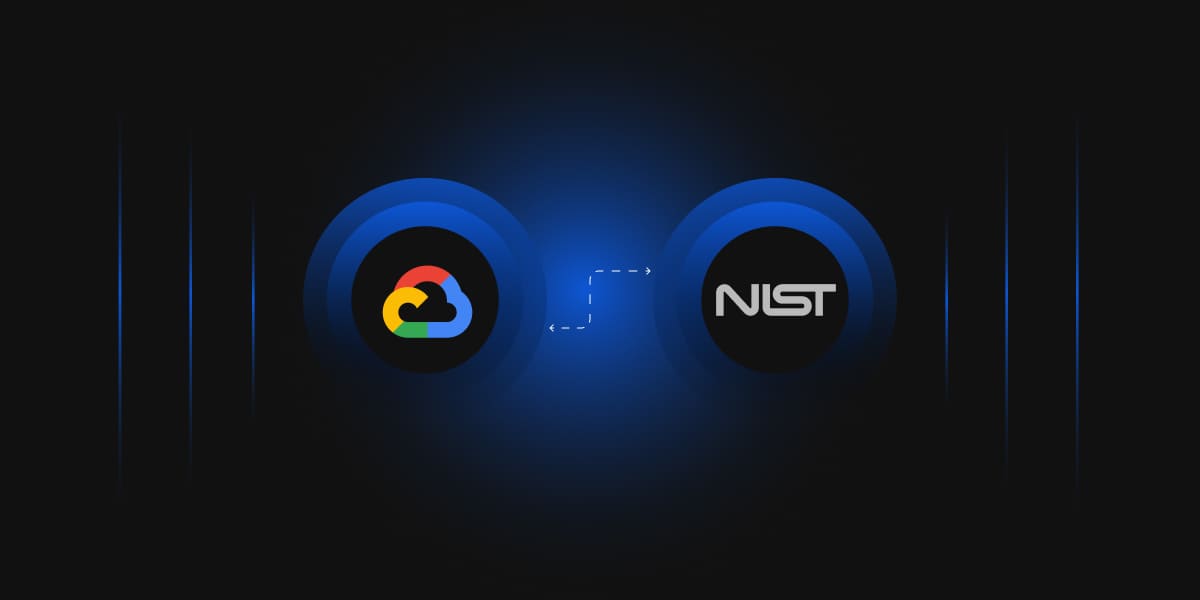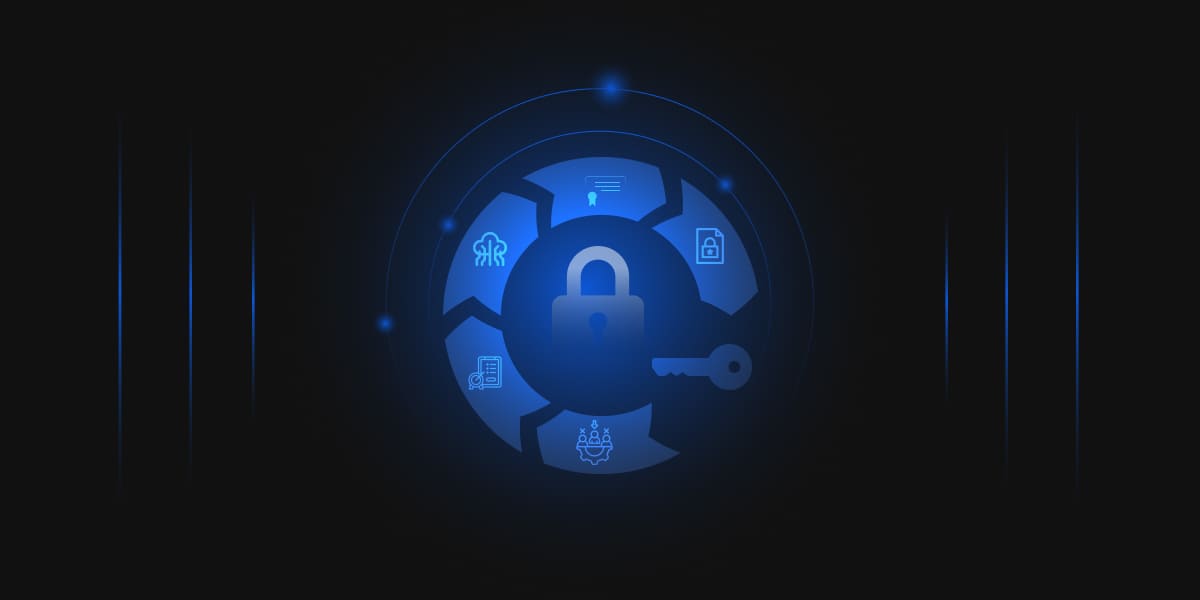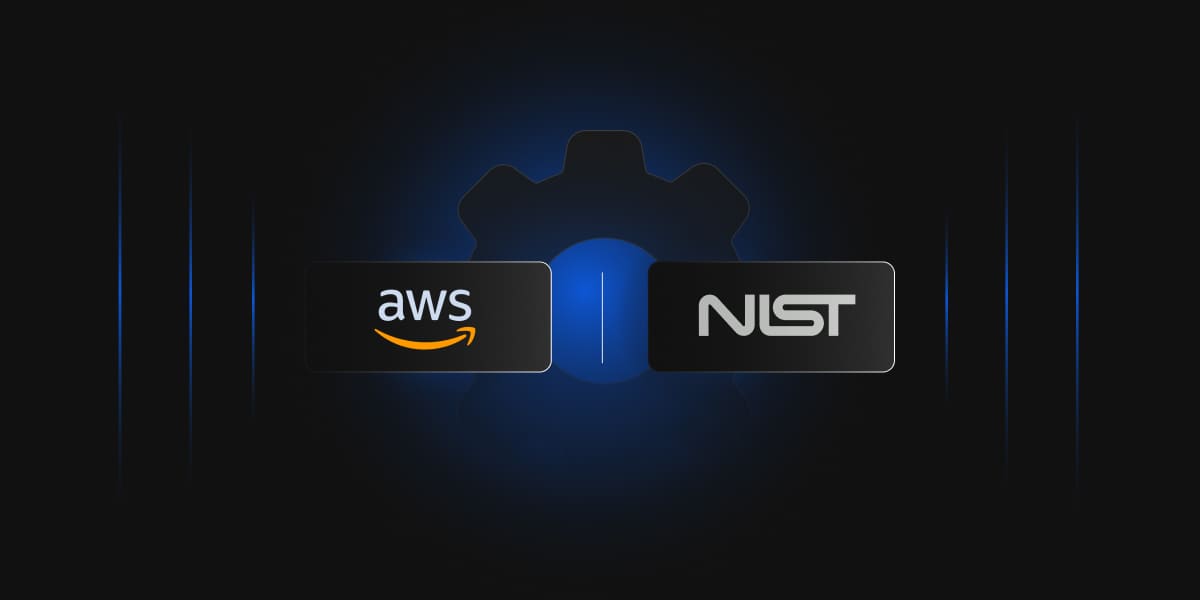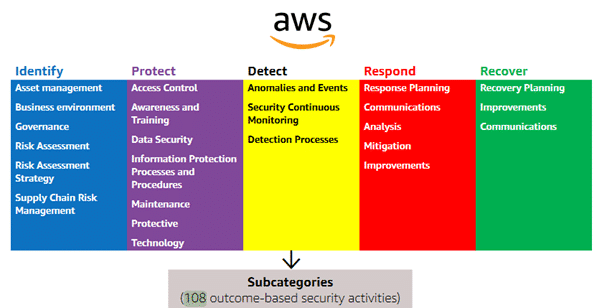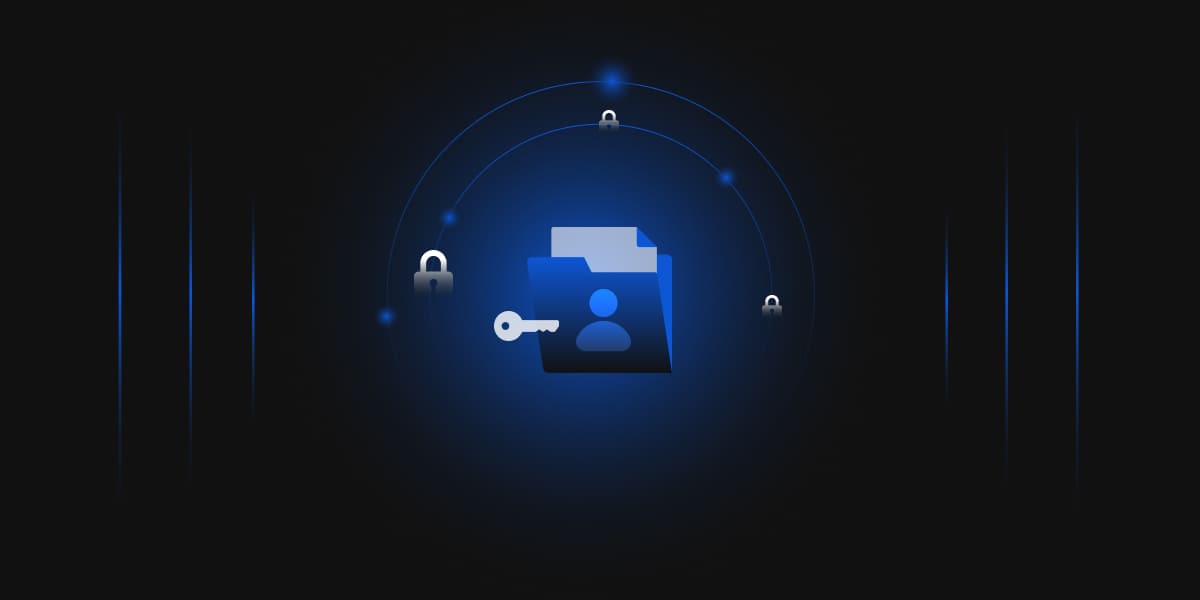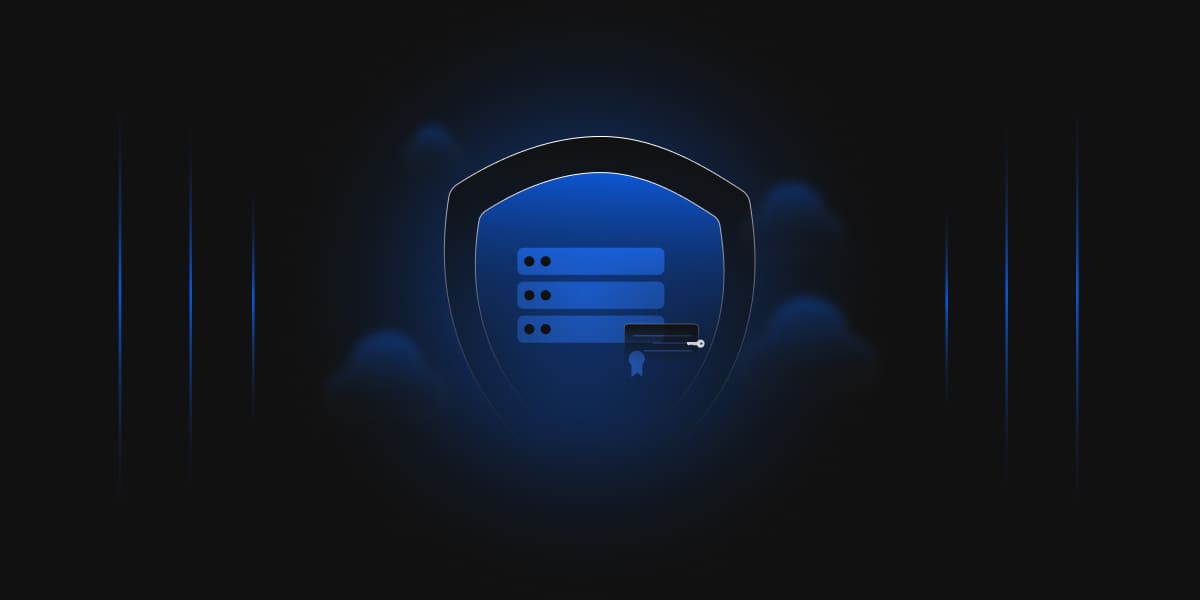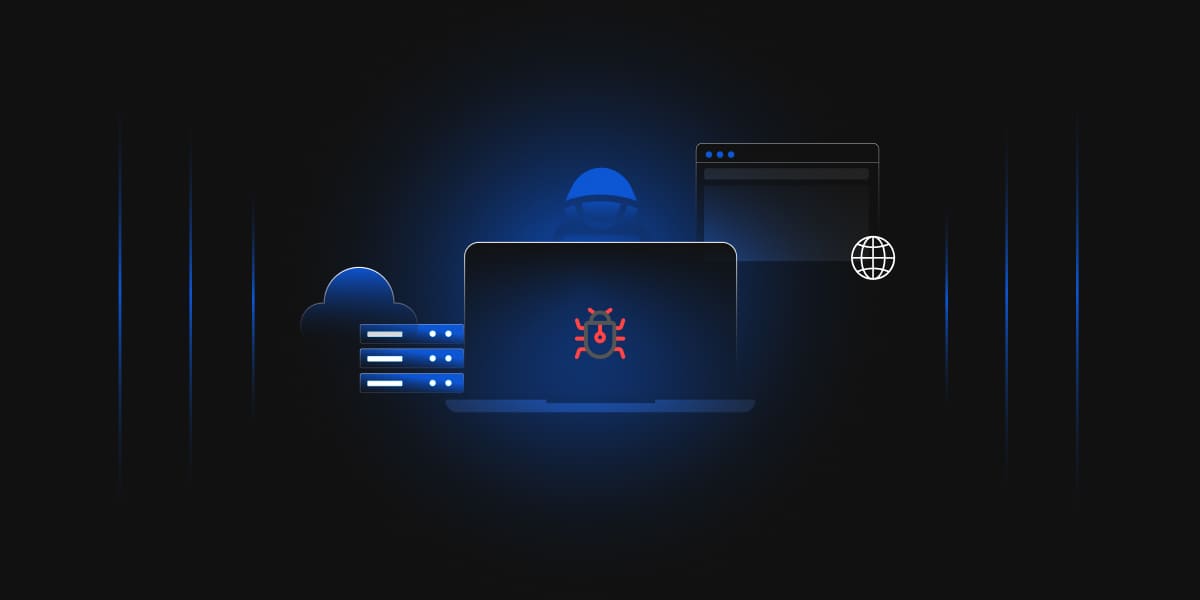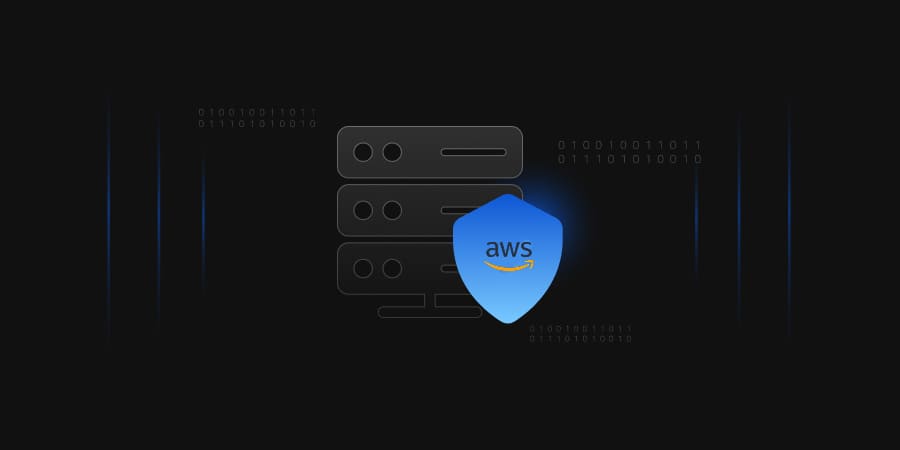In this discussion whiteboard, let us understand what is an e-signature? What is digital signature? What is meant by electronic signature? Are both the signatures similar or different? Which signature is more secure and what are various use cases for digital signature as well as electronic signatures? How is code signing relevant to digital signature? What is Encryption Consulting’s CodeSign Secure and how is it relevant to your organization? Let’s get into the topic to understand responses to these questions:
If you are new to the concept of e-signatures then there are high chances of getting confused between “Digital signature” and “Electronic signature”. Quite often you would encounter people use both digital signature and electronic signature terms interchangeably which is not completely true as there are some key significant differences between these two types of e-signatures.
The major difference is security – digital signatures are mainly used to secure documentation and provide authorization as they are authorized by Certificate Authorities (CAs) where as electronic signatures only provide the intent of the signer. Let us first understand what is a digital signature and electronic signature.
What is a Digital Signature?
Digital signature is a type of electronic signature as the both are meant to be used of document signing except that digital signatures are more secure and authentic. In digital signature, the signer of the document is mandated to have a Public Key Infrastructure (PKI) based digital certificate authorized by certificate authority linked to the document. This provides authenticity to the document as it is authorized by trusted certificate authorities.
Let us understand in a simple way about digital signature by taking paper based documents as example. There are usually two concerns when you involve in documentation process, one is the authenticity of the person signing the contract and other is whether the document integrity is protected without any tampering. To overcome these concerns we have notaries in place for providing authorization and safeguarding integrity of the document.
Similar to the notary in physical contracts we have certificate authorities (CAs) authorizing digital signatures with PKI based digital certificates. In digital signatures, a unique fingerprint is formed between the digital document and the PKI based digital certificate which is leveraged to achieve the authenticity of the document and its source, assurance of tamper proof document.
Currently there are two major document processing platforms which provide digital signature service with strong PKI based digital certificates:
- Adobe Signature
There are two types of signatures provided by Adobe – Certified and Approval signatures. Certificate signature is used for authentication purpose where a blue ribbon is displayed in the top of the document indicating the actual author of the document and issuer of PKI based digital certificate. Approval signature on the other hand captures the physical signature of the issuer or author and other significant details.
- Microsoft Word Signature
Microsoft supports two types of signatures one is visible signature and other is invisible signature. In visible signature, there is a signature field provided for signing similar to physical signature. Invisible signature is more secure as it cannot be accessed or tampered by unauthorized users. Invisible signature is commonly used for document authentication and enhanced security.
What is electronic signature?
An electronic signature is not as secure and complex as digital signature as there are no PKI based certificates involved. Electronic signature is mainly used to identify the intent of the document issuer or author and it can be in any form such as electronic symbol or process. Electronic signature can be captured in as simple way as check box as its primary purpose is to capture the intention to sign contract or document. These signatures are also legally binding. In instances where the document is required to be signed by two parties for binding legally to execute certain duties and do not require high level of security and authorization electronic signatures are used instead of digital signatures.
Key differences between digital signature and electronic signature
Let us understand the key differences between the two signatures by comparing the crucial parameters in a tabular form.
| Parameter | Digital Signature | Electronic Signature |
|---|---|---|
| Purpose | Main purpose is to secure the document or contract through PKI based digital certificate | Purpose of electronic signature is to verify the document or contract |
| Authorization | Yes. Digital signatures can be validated and verified by certificate authorities providing PKI certificates | No. Usually it is not possible to authorize electronic signatures |
| Security | Comprises of better security features due to digital certificate based authorization | Comprises of less number of security features compared to digital signature |
| Types of Signs | In general two types are available. One by Adobe and other by Microsoft | Main types of electronic signatures are verbal, scanned physical signatures, e-ticks |
| Verification | Yes. Digital signatures can be verified | No. Electronic signatures cannot be verified |
| Focus | Primary focus is to secure the document or contract | Primary focus is to show intention of signing a document or contract |
| Benefits | Preferred majorly more than electronic signature due to high level of security | Easy to use compared to digital signature but less secure |
As per the above comparison it is clearly evident that digital signature takes upper hand compared to electronic signatures. However, while considering the legally binding objective both the signatures will serve the purpose. Digital signatures are now highly preferred due to their enhanced security through PKI based certificates which will provide the much required authorization and integrity of the document.
What is Code Signing?
Code signing is the process of applying a digital signature to any software program that is intended for release and distribution to another party or user, with two key objectives. One is to prove the authenticity and ownership of the software. The second is to prove the integrity of the software i.e. prove that the software has not been tampered with, for example by the insertion of any malicious code. Code signing applies to any type of software: executables, archives, drivers, firmware, libraries, packages, patches, and updates. An introduction to code signing has been provided in earlier articles on this blog. In this article, we look at some of the business benefits of signing code.
Code signing is a process to validate the authenticity of software and it is one type of digital signature based on PKI. Code signing is a process to confirm the authenticity and originality of digital information such as a piece of software code. It assures users that this digital information is valid and establishes the legitimacy of the author. Code signing also ensures that this piece of digital information has not changed or been revoked after it was validly signed. Code Signing plays an important role as it can enable identification of a legitimate software versus malware or rogue code. Digitally signed code ensures that the software running on computers and devices is trusted and unmodified.
Software powers your organization and reflects the true value of your business. Protecting the software with a robust code signing process is vital without limiting access to the code, assuring this digital information is not malicious code and establishing the legitimacy of the author.
Encryption consulting’s (EC) CodeSign Secure platform
Encryption consulting (EC) CodeSign secure platform provides you with the facility to sign your software code and programs digitally. Hardware security modules (HSMs) store all the private keys used for code signing and other digital signatures of your organization. Organizations leveraging CodeSign Secure platform by EC can enjoy the following benefits:
- Easy integration with leading Hardware Security Module (HSM) vendors
- Authorized users only access to the platform
- Key management service to avoid any unsafe storage of keys
- Enhanced performance by eliminating any bottlenecks caused
Why to use EC’s CodeSign Secure platform?
There are several benefits of using Encryption consulting’s CodeSign Secure for performing your code sign operations. CodeSign Secure helps customers stay ahead of the curve by providing a secure Code Signing solution with tamper proof storage for the keys and complete visibility and control of Code Signing activities. The private keys of the code-signing certificate can be stored in an HSM to eliminate the risks associated with stolen, corrupted, or misused keys.
Client-side hashing ensures build performance and avoids unnecessary movement of files to provide a greater level of security.
Client-side hashing ensures build performance and avoids unnecessary movement of files to provide a greater level of security.
Client-side hashing ensures build performance and avoids unnecessary movement of files to provide a greater level of security. Seamless authentication is provided to code signing clients via CodeSign Secure platform to make use of state-of-the-art security features including client-side hashing, multi-factor authentication, device authentication, and as well as multi-tier approvers workflows, and more. Support for InfoSec policies to improve adoption of the solution and enable different business teams to have their own workflow for Code Signing. CodeSign Secure is embedded with a state-of-the-art client-side hash signing mechanism resulting in less data travelling over the network, making it a highly efficient Code Signing system for the complex cryptographic operations occurring in the HSM.
Explore more about our CodeSign Secure platform features and benefits in the below link:
CodeSigning SolutionUse cases covered as part of Encryption Consulting’s CodeSign Secure platform
There are multiple use cases that can be implemented using CodeSign Secure platform by Encryption Consulting. Majority of the use cases can be relevant to digital signature concept discuss above. CodeSign Secure platform will cater to all round requirements of your organization. Let us look into some of the major use cases covered under Encryption Consulting’s CodeSign Secure:
- Code Signing:
Sign code from any platform, including Apple, Microsoft, Linux, and much more.
- Document Signing:
Digitally sign documents using keys that are secured in your HSMs.
- Docker Image Signing:
Digital fingerprinting to docker images while storing keys in HSMs.
- Firmware Code Signing:
Sign any type of firmware binaries to authenticate the manufacturer to avoid firmware code tampering.
Organizations with sensitive data, patented code/programs can benefit from CodeSign Secure platform. Online distribution of the software is becoming de-facto today considering the speed to market, reduced costs, scale, and efficiency advantages over traditional software distribution channels such as retail stores or software CDs shipped to customers.
Code signing is a must for online distribution. For example, third party software publishing platforms increasingly require applications (both desktop as well as mobile) to be signed before agreeing to publish them. Even if you are able to reach a large number of users, without code signing, the warnings shown during download and install of unsigned software are often enough to discourage the user from proceeding with the download and install.
Encryption Consulting will provide strongly secured keys in FIPS certified encrypted storage systems (HSMs) during the code signing operation. Faster code signing process can be achieved through CodeSign secure as the signing occurs locally in the build machine. Reporting and auditing features for full visibility on all private key access and usage to InfoSec and compliance teams.
Get more information on CodeSign Secure in the datasheet link provided below:
Code-Signing-Datasheet.pdfWhich signature to use for your organization?
This solely depends on the purpose and intent of using the signature for your organization. You might need to perform a clear assessment or approach expert consultants like us – Encryption consulting to understand which certificate will suit your purpose better.
Encryption Consulting’s Managed PKI
Encryption Consulting LLC (EC) will completely offload the Public Key Infrastructure environment, which means EC will take care of building the PKI infrastructure to lead and manage the PKI environment (on-premises, PKI in the cloud, cloud-based hybrid PKI infrastructure) of your organization.
Encryption Consulting will deploy and support your PKI using a fully developed and tested set of procedures and audited processes. Admin rights to your Active Directory will not be required and control over your PKI and its associated business processes will always remain with you. Furthermore, for security reasons the CA keys will be held in FIPS140-2 Level 3 HSMs hosted either in in your secure datacentre or in our Encryption Consulting datacentre in Dallas, Texas.
Conclusion
Encryption Consulting’s PKI-as-a-Service, or managed PKI, allows you to get all the benefits of a well-run PKI without the operational complexity and cost of operating the software and hardware required to run the show. Your teams still maintain the control they need over day-to-day operations while offloading back-end tasks to a trusted team of PKI experts.

